Silent Hill 2
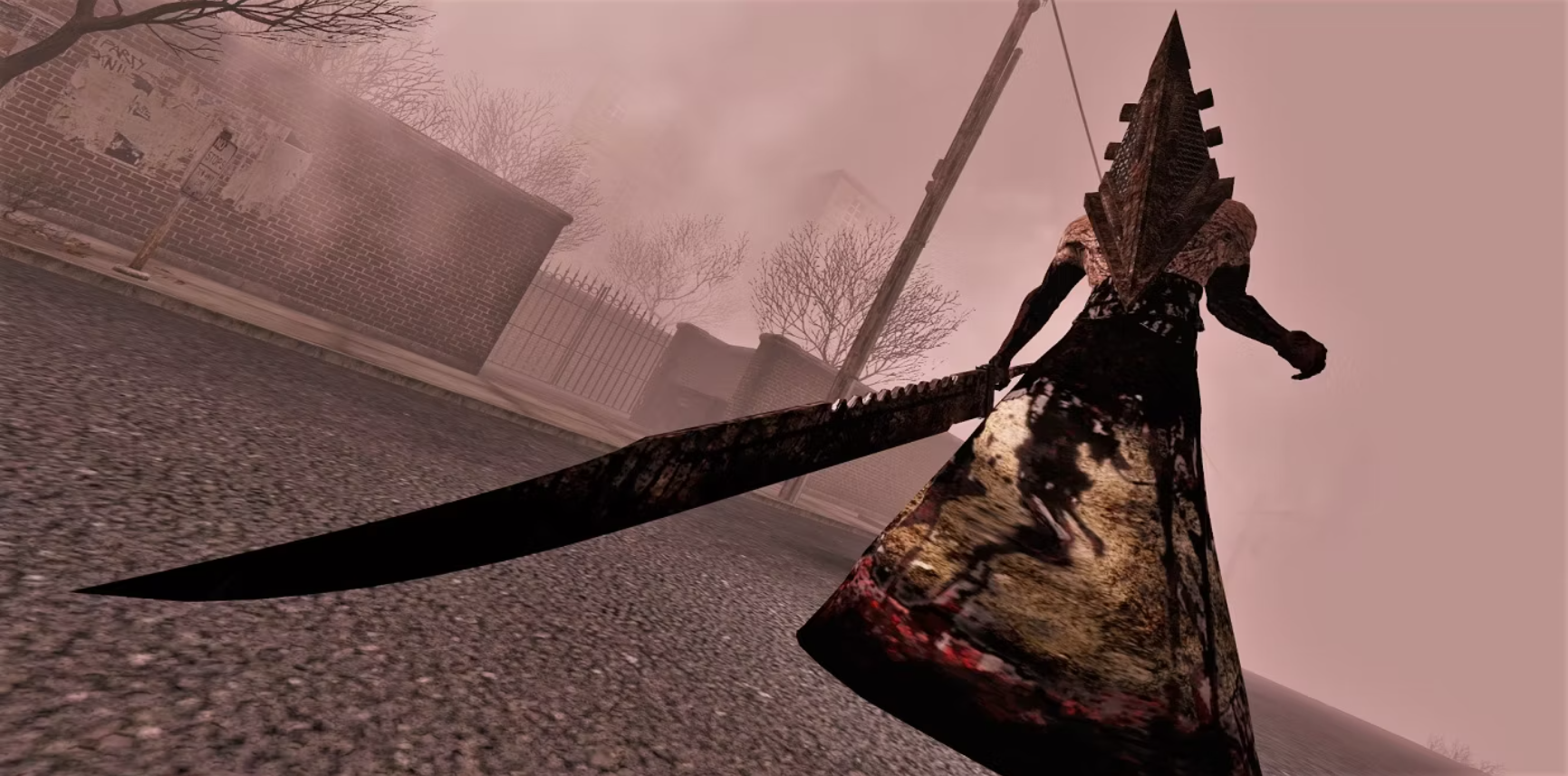
Silent Hill is in some ways considered the original survival horror game franchise. The first game was scary enough, but when Silent Hill 2 hit the scene in 2001, it was considered the most terrifying game ever made. The psychological elements combined with the sense of uncertainty and visceral antagonists made the game uniquely horrifying. The game is a bit older now, meaning some big horror fans may not find it as terrifying considering what they now have to compare it to. However, its legacy as a horror game means it couldn’t be left off this list.
Resident Evil 7

The Resident Evil franchise began in 1996 and is one of the biggest names in the horror game genre. Though there are now 11 games total in the franchise, fans agree that Resident Evil 7: Biohazard is the scariest of all of them. It changed the perspective from being over-the-shoulder action style like in previous games to being first person and the plot was even more unsettling than those before it. It is both an incredibly violent game as well as emotionally harrowing and deeply unsettling.
Alien: Isolation
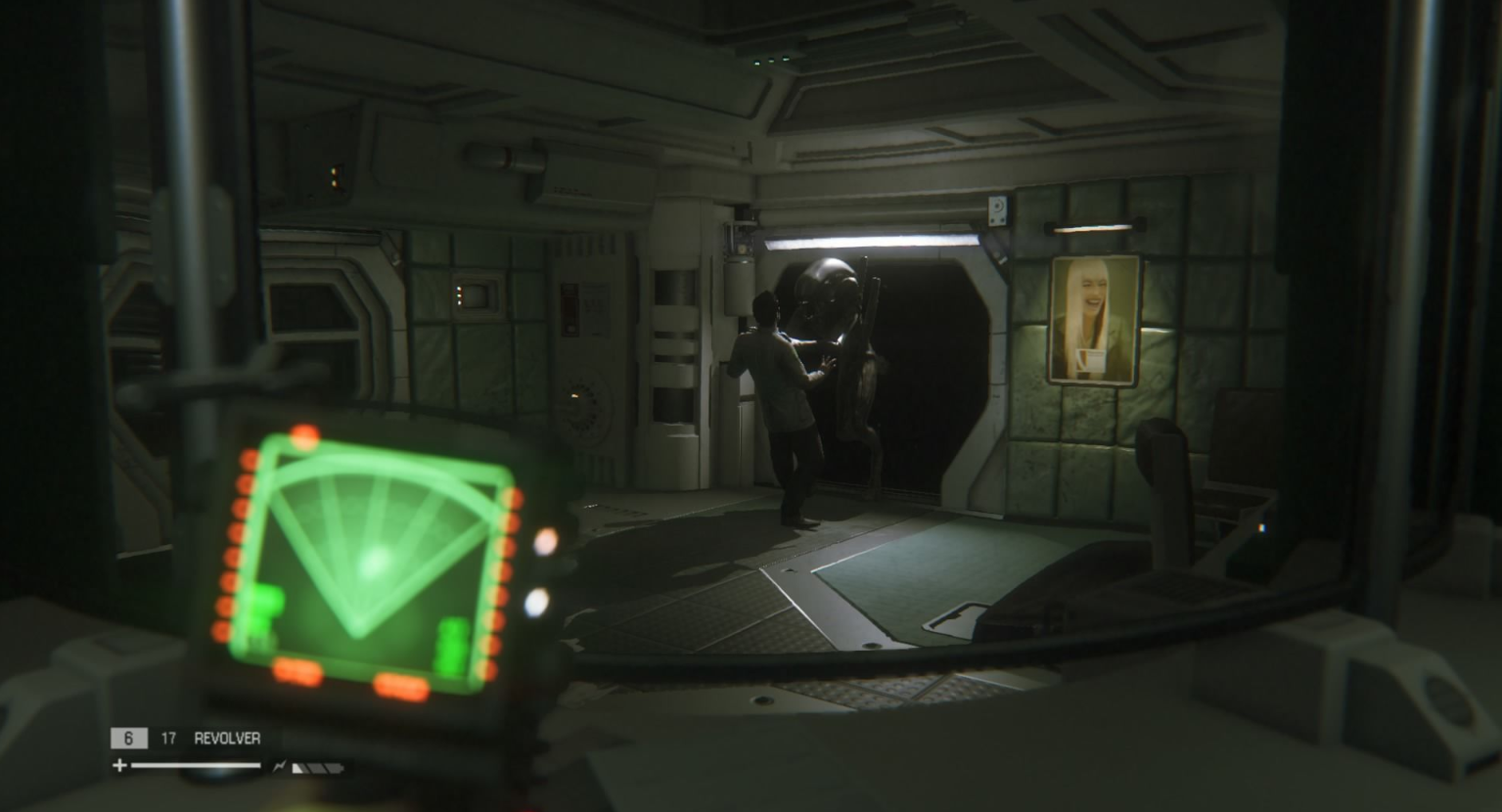
When Alien: Isolation was announced, fans of the franchise did not know what to think, due to previous games not going down quite so well. The game uses just one xenomorph as the big bad you’re fighting and terrified of as opposed to the many in other games. It bears a lot in common with the original Alien film, where stealth is imperative to success. Alien: Isolation still has players at the edge of their seats and holding their breath while they play. And you thought gaming was a relaxing activity!
Outlast
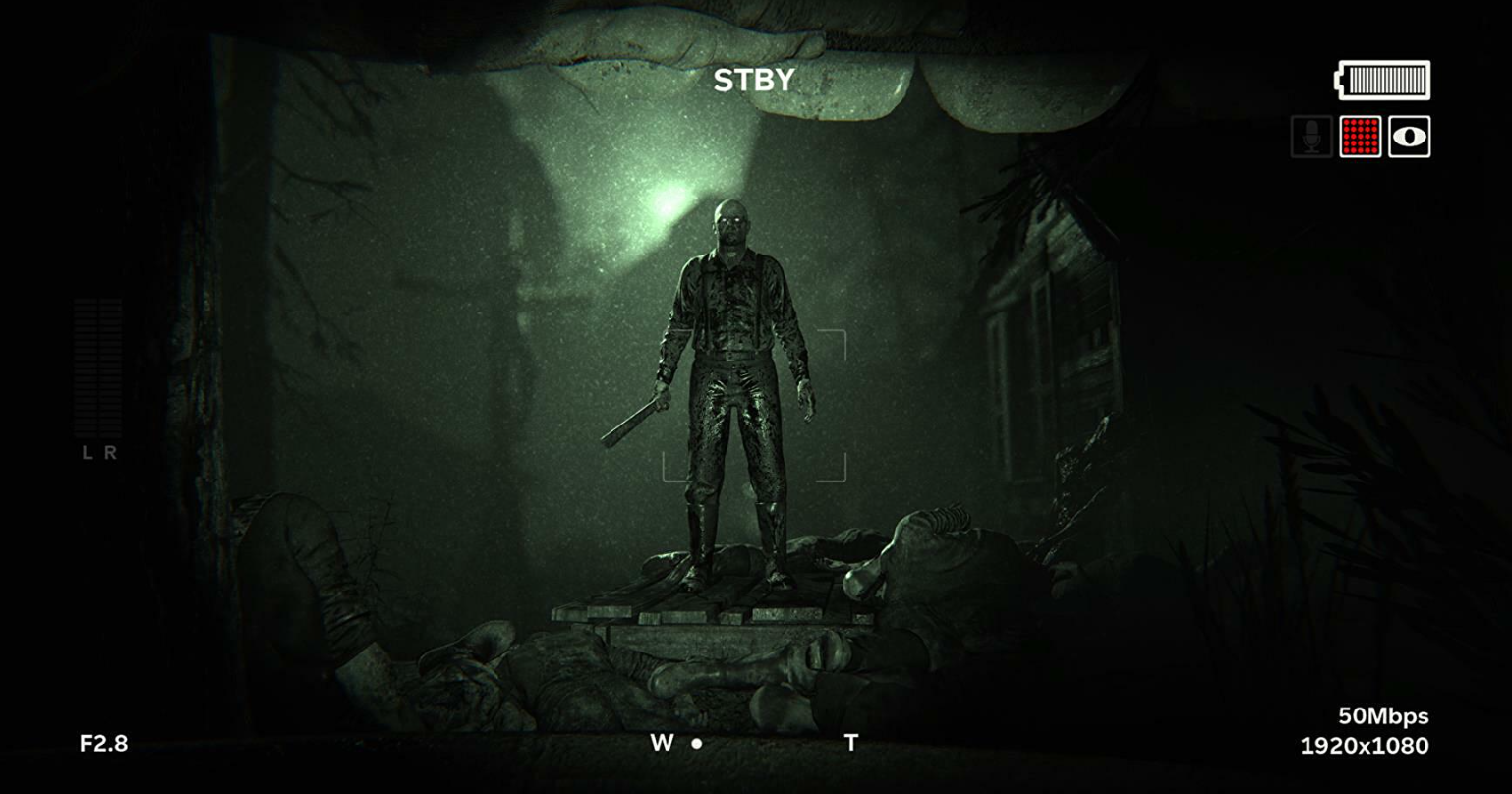
As expected from the title, Outlast is a survival horror game, but unlike others it is not an item management game. What you are really trying to outlast here is the relentless horror elements and tension throughout the game. You play as an unarmed journalist in a dangerous asylum where fighting is not even an option. If you don’t run or hide, you will die, being utterly powerless against the forces around you. Many games have copied this style since Outlast came out in 2013, but this one is remembered as the first of its kind.
Amnesia: The Dark Descent
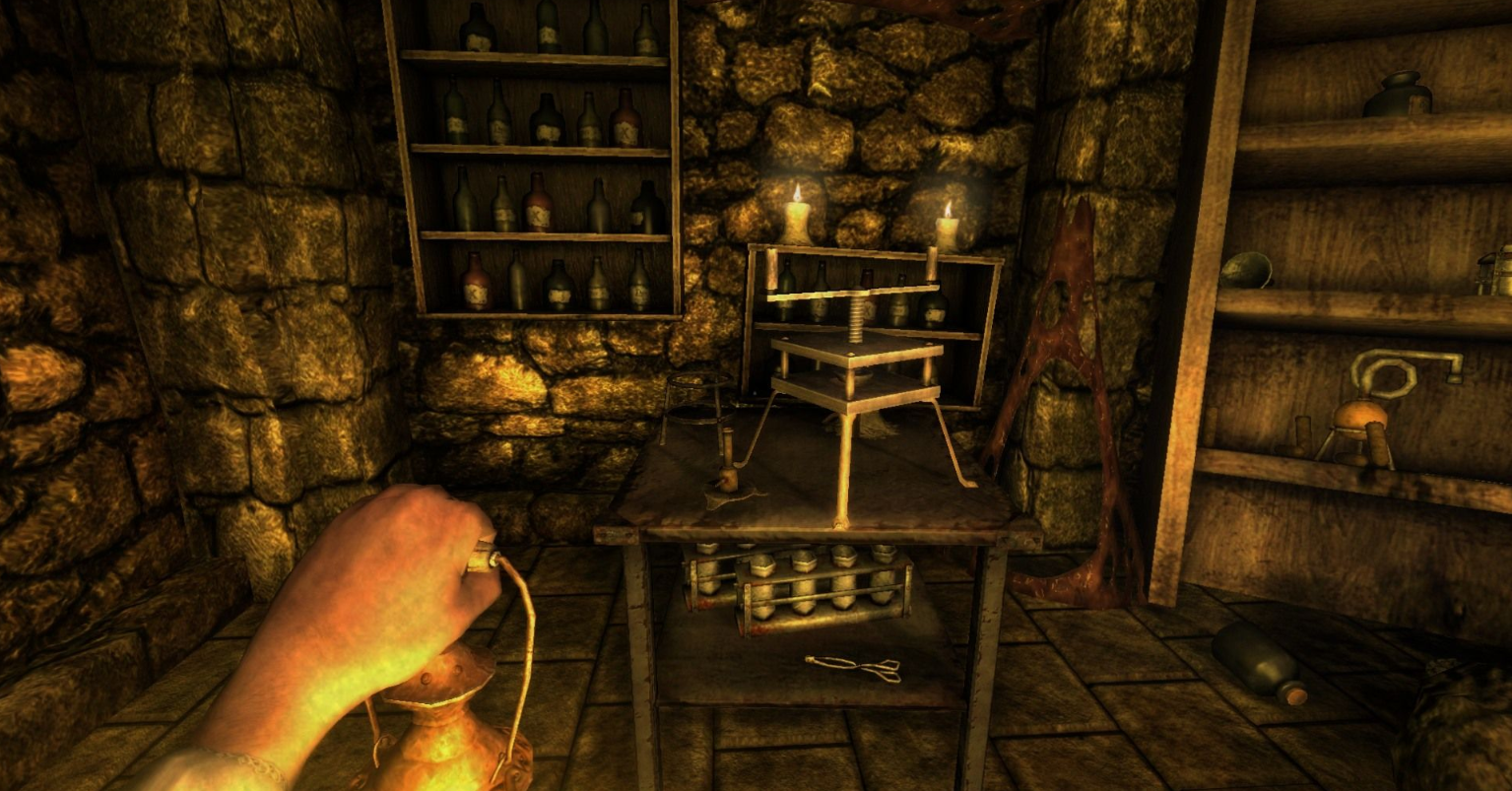
Amnesia: The Dark Descent is an absolute nightmare of a game which, for a horror game, is the highest compliment one can give. Trapped in a castle filled with horrifying creatures of the night, the whole game is an elaborate chase scene between you and the many many creatures. Amnesia is another game which provides no real defence to the player character, but it also takes away the memory of the character you’re playing, hence the title Amnesia. Playing as someone with no real sense of self and therefore no real sense of their own skills or abilities just adds to the terror at hand.
Pathologic
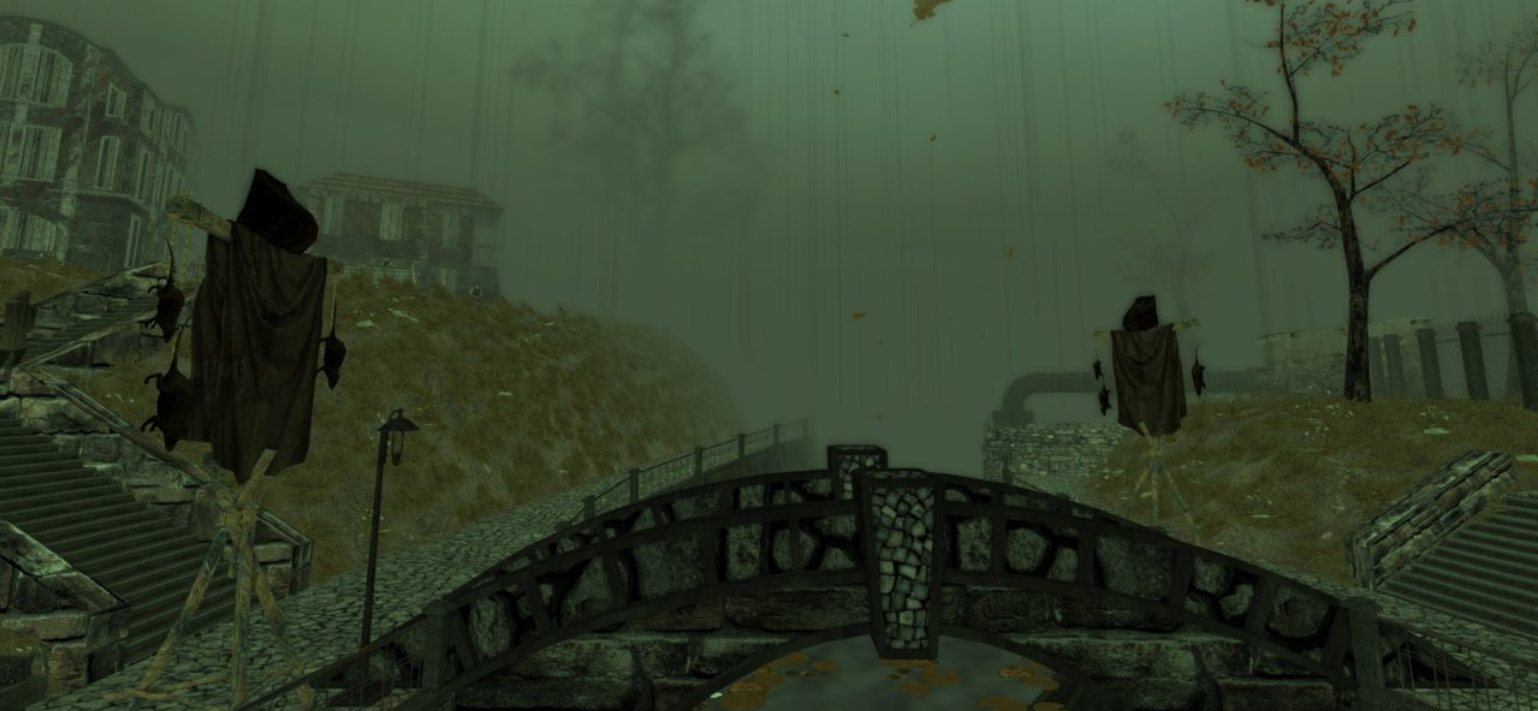
Pathologic is not only a terrifying gameplay experience, it is also an incredibly difficult one. It is a survival horror where you take the perspective of three different characters and have to figure out what on earth is even going on, but that’s half of both the fun and the fear. It takes place during plague times, and involves a fair bit of organ harvesting. Pathologic’s plot is ambitious and rich but as you piece it together, the horrors begin to make sense and you can start to appreciate the art of the game alongside the terror.
Dead Space

The fear that every player experiences in Dead Space is due to the ambiguity in it and the unknown of what’s out there lurking. No matter what task you are completing in Dead Space, the fear of the necromorph aliens onboard the spacecraft is at the forefront of your mind. The necromorphs infect your crewmates so the familiar looking humans are transformed into your worst nightmare. The way Dead Space manipulates your fear and makes you feel tense throughout makes the game hold up against similar ones like the Alien franchise.
Until Dawn
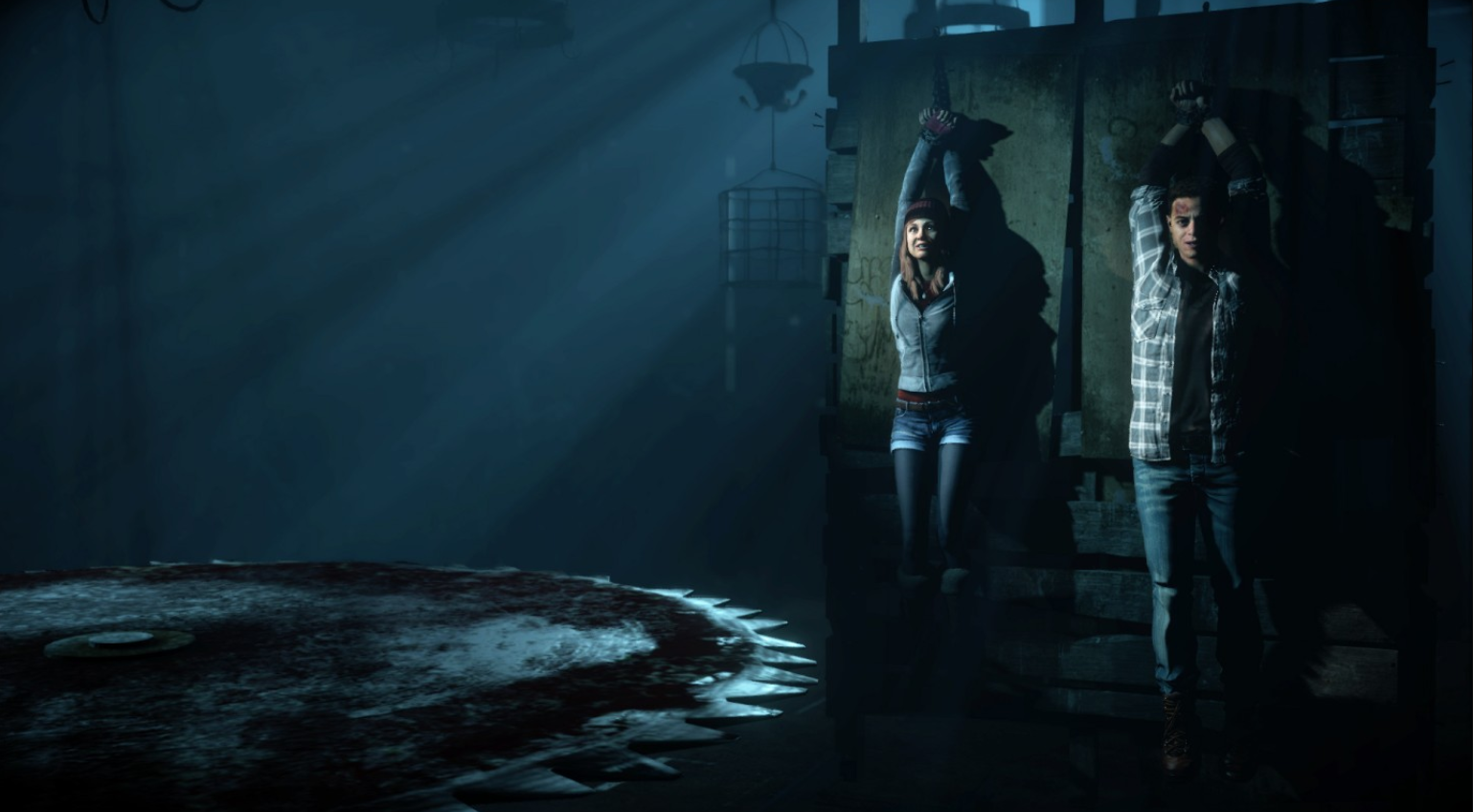
Until Dawn is often considered one of the most immersive games in the horror genre which ran with its concept in a way that just works. This game looks at the butterfly effect and applies it to a game in a way that is utterly unique. Every action you take in the game will have its consequences. If you’re a lover of the 80s slasher but wish they were a little more dynamic, Until Dawn is the perfect game. This game takes your moments of yelling at characters on screen and reveals that maybe what you think they should do could end up nightmarish. It takes a lot to get the cast to survive the night.
BioShock
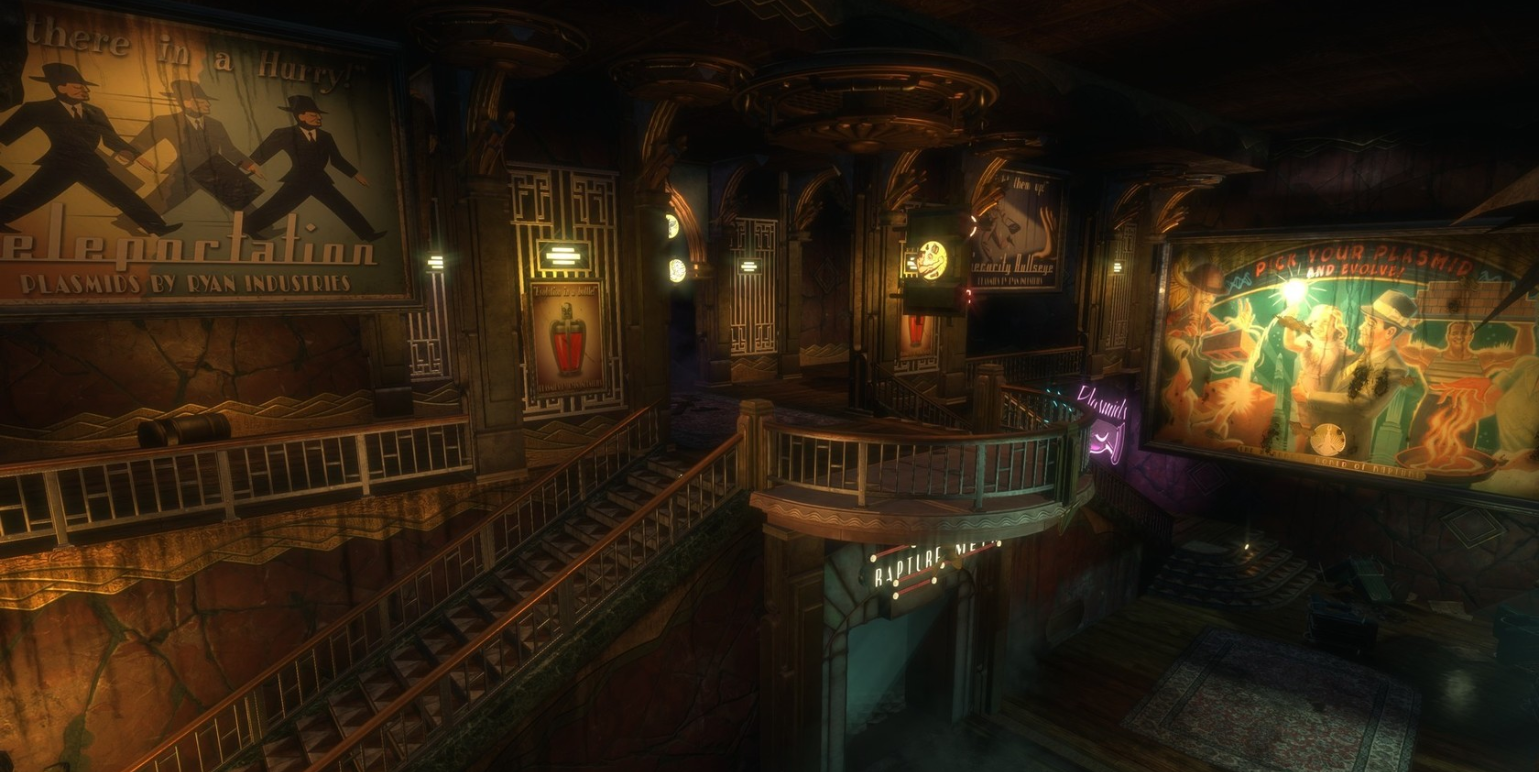
The lines between horror, sci-fi, and drama are often more blurred than they may first appear and BioShock is a perfect example of this mix. While some argue the game is not a horror, when you are first playing it, it is an undeniably scary experience. From the gore to the hierarchal elements and jump scares, BioShock is just as scary as it needs to be. In the game, you are trapped in a failed experiment that has disturbing results. Though horror is not BioShock’s core, the elements sure are present.
F.E.A.R.
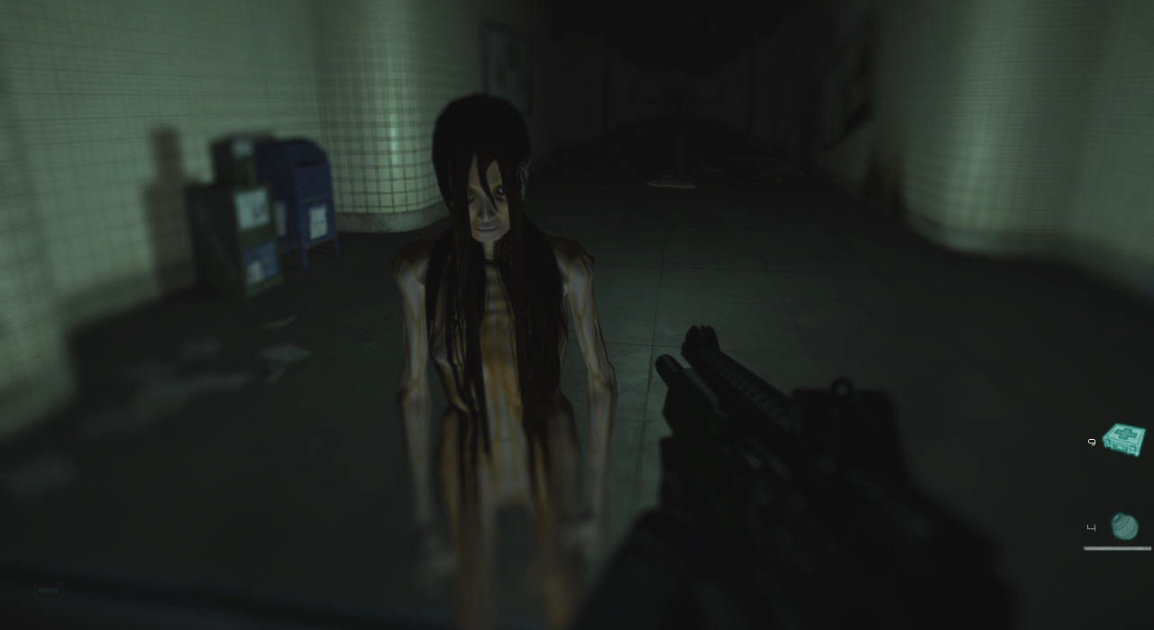
The creepy child has been at the core of the horror genre for years. What’s scarier than a little girl acting in unsettling or downright disturbing ways? F.E.A.R.’s Alma is one of the most effective instances of this trope to date. This game combines the popularity of first person shooters with psychological horror in a unique way. The horror elements of the game are greatly inspired by Japanese horror while still holding the appeal of Western action films and games through other elements of the game. The result is an intricate plot and exciting, edge-of-your-seat gameplay.
Dying Light
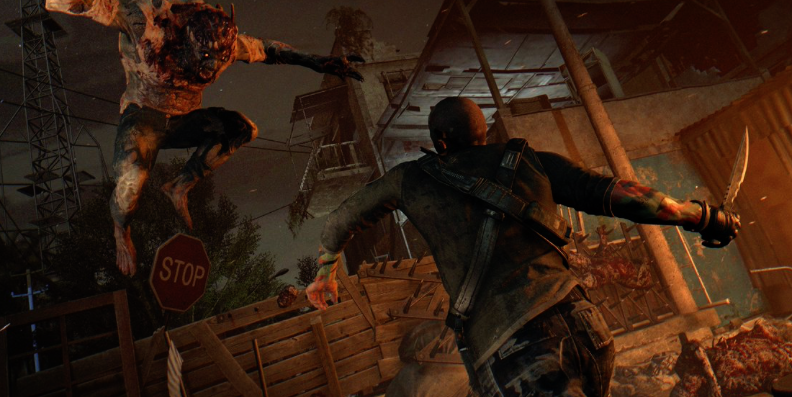
Dying Light doesn’t seem all that scary at first, as you use your parkour skills to evade the sluggish zombies shuffling around the streets. Then night falls, the Virals come for you and you wish you hadn’t strayed so far from safety in your arrogance. The game is a different beast in the dark, with zombies that are faster, stronger and more agile than you, relentlessly hunting you through the streets. Even if you do manage to make it back to the safety of your base, your heart will be pumping so hard you’ll feel like it’s about to explode.
P.T.
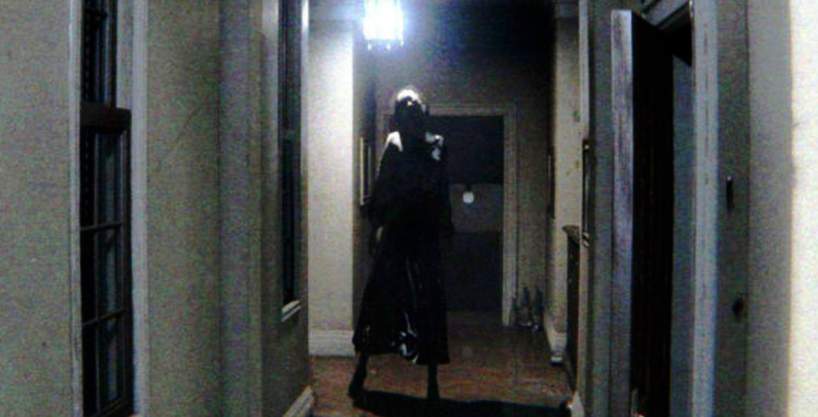
P.T. was intended to serve as a teaser for an ultimately cancelled Silent Hills game, but – despite its short runtime – it’s arguably the scariest addition to the franchise. The game takes place in a single corridor that continually rearranges itself, preventing players from relaxing for even a single second as they scour familiar areas for subtle changes that could indicate danger. Much like other Silent Hill instalments, P.T. wraps its gameplay in an unsettling, tragic and relentlessly bleak narrative that is likely to stick with players long after they put down the controller.
Alan Wake
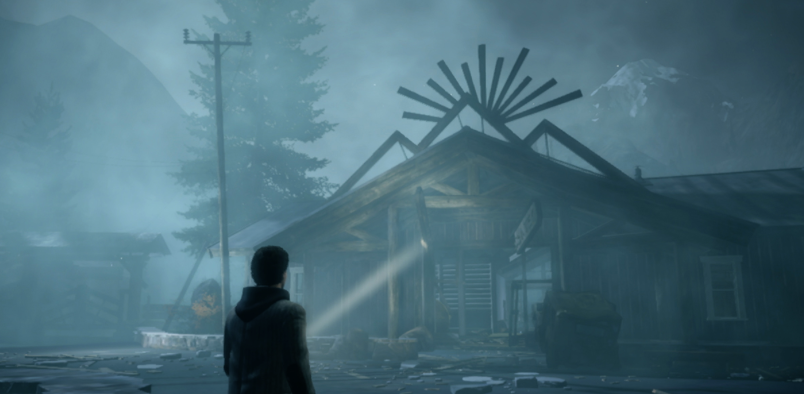
Stephen King is considered by many to be the undisputed king of horror, so it makes sense that a game intended as a love letter to his work would be a terrifying experience. Alan Wake makes heavy use of the tropes and themes that King employs in his books, with the narrative following a novelist in a small rural town beset by supernatural nightmares. The game relies on a creepy, surreal atmosphere rather than jump scares, which perfectly complements the story and overall tone of the game.
Resident Evil Remake
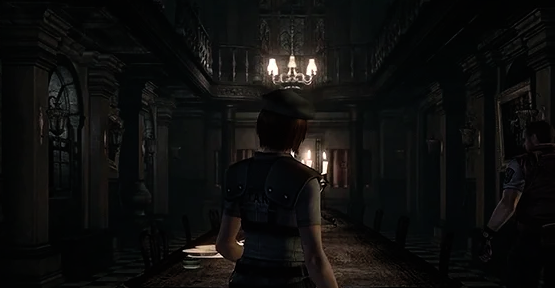
The original Resident Evil redefined horror gaming and remains one of the most influential titles ever released. When Resident Evil Remake came out six years later, many wrote it off as the same game but with better graphics. However, it was so much more than that, with the Resident Evil team taking advantage of new technology to create the game they’d originally envisioned. Resident Evil Remake is significantly scarier than the original, with multiple new gameplay elements like the now iconic Crimson Head zombie variants.
Eternal Darkness: Sanity’s Requiem
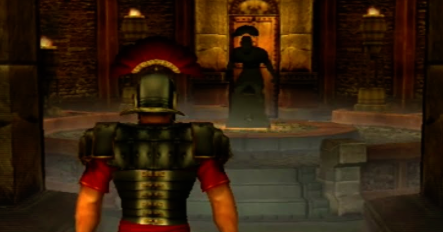
Released in 2002, Eternal Darkness: Sanity’s Requiem does an astonishingly good job of making the player feel like they’re losing their mind. As the game’s protagonist is slowly driven mad by the events they’re exposed to, the environment begins to change in subtle and then not so subtle ways, with gamers never sure if the auditory and visual hallucinations are real or not. The real fun begins when the game starts messing with the player in real life, for example by tricking them into thinking their GameCube has switched itself off.
Manhunt
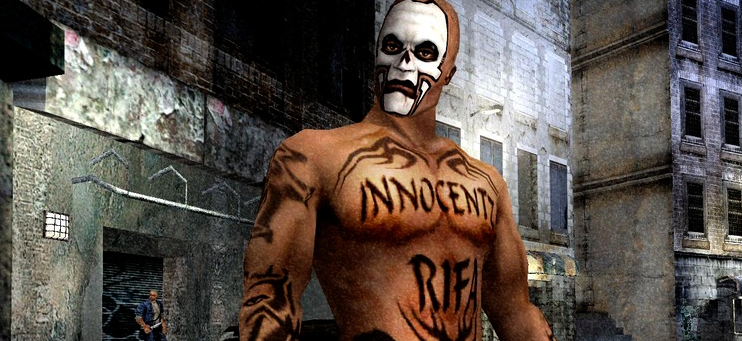
Manhunt is one of the most controversial games of all time, and for good reason. The game puts players in the starring role of a snuff film, incentivising them to kill enemies in brutal and highly realistic ways. The film’s sinister director – voiced by Brian Cox – continually goads you, through an earpiece, into committing more heinous violence, contributing to a deeply oppressive atmosphere that is likely to leave players feeling sordid for some time after the game’s credits roll.
Condemned: Criminal Origins
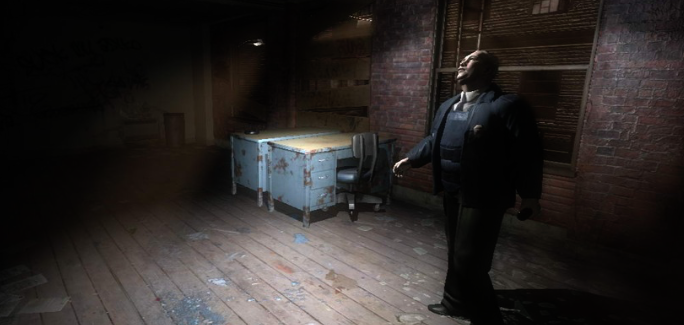
One of the first games released for the XBox 360, Condemned: Criminal Origins puts players in the shoes of a detective tracking down a number of serial killers. The game explores its subject matter brilliantly, with each killer’s lair reflecting their psychological state and the reasons they turned out the way they are. The gameplay is genuinely terrifying too, with one particularly memorable sequence that sees players navigating a department store full of mannequins, some of which turn out to be psychotic killers.
Clock Tower
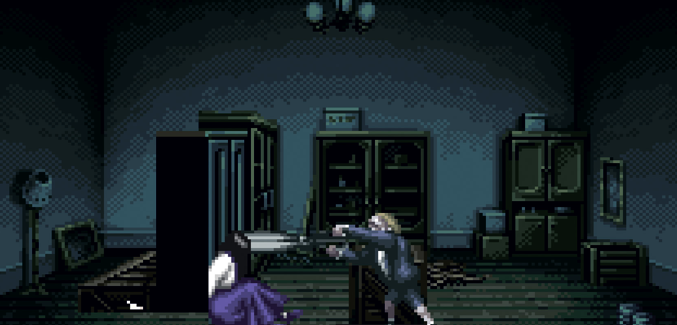
Clock Tower, a 1995 point and click horror game, proved that you don’t need cutting edge graphics to craft a truly unsettling experience. Inspired by the films of horror maestro Dario Argento, Clock Tower puts you in the shoes of a young girl trying to make her way through a creepy mansion whilst being relentlessly pursued by Scissorman, a serial killer armed with absurdly large garden shears. Although it lacks the visual scares of modern horrors, Clock Tower compensates with an engaging narrative that veers into some genuinely disturbing territory.
Darkwood
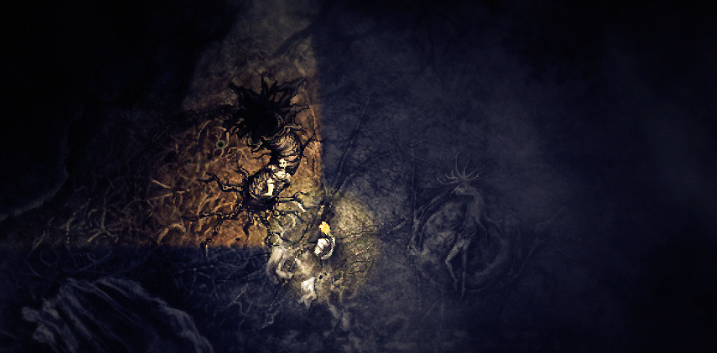
The last decade has seen an explosion of indie games that use clever mechanics to elicit just as much terror as flashy AAA horror titles. Released in 2017, Darkwood is a top-down survival game that forces players to navigate a terrifying forest whilst evading a range of vicious creatures. Players can only see what’s in front of their character, which leads to some unbearably tense sequences. Running away from a monster, for example, means losing sight of it, and its hard to overstate how scary it is not knowing whether its catching up with you.
SOMA
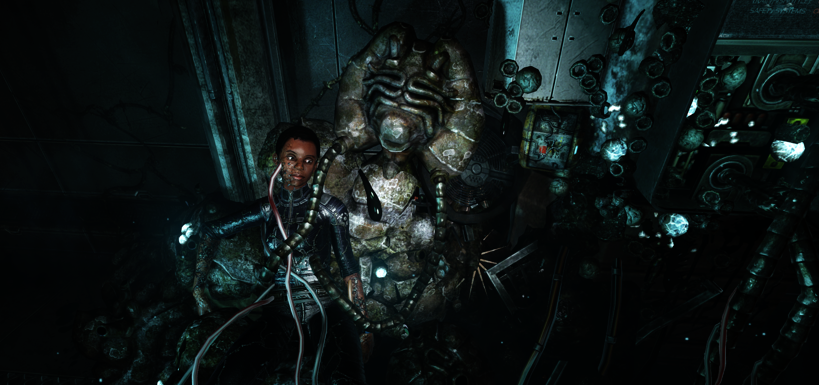
Not content with merely delivering conventional scares (although it certainly packs plenty of those), SOMA worms its way deep under the player’s skin with a disturbing narrative that explores themes of consciousness and what it means to be you. Set in an underwater research facility populated by the last humans on Earth, SOMA doesn’t give players a way to defend themselves, forcing them to make use of stealth and cunning. The game’s ending is pure unadulterated genius, leaving players with a genuinely uncomfortable feeling that sticks around for a long, long time.
Prey
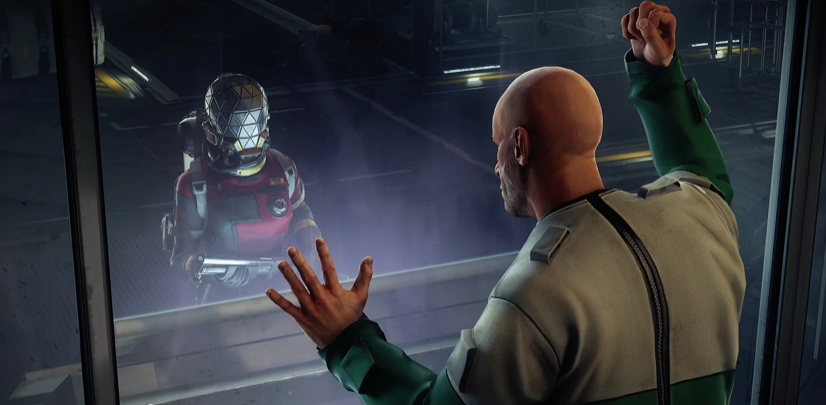
Cutting edge graphics aren’t needed to craft a terrifying experience, but they definitely can help, especially with sci-fi horror titles like Prey. The game’s environment is visually breathtaking, but don’t let that fool you. Pretty much any object you find might be a vicious alien in disguise, a brilliant mechanic that injects tension into virtually every second of gameplay, especially in light of the fact that the game mostly revolves around gathering objects.
Detention
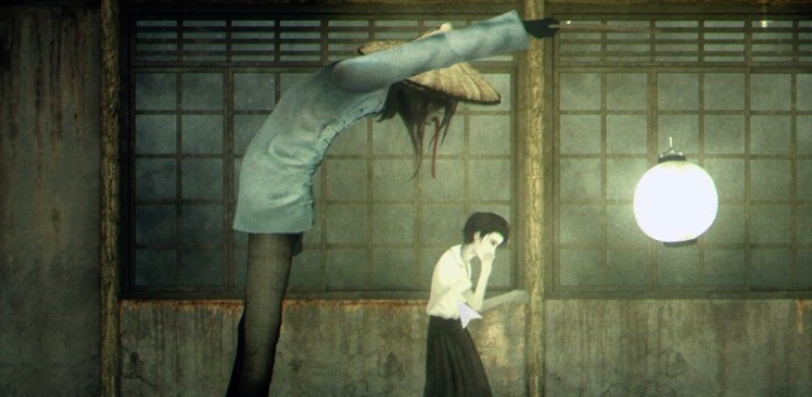
Horror is at its best when used as a metaphor for the unrelenting tragedies that come with being human, a point expertly demonstrated by Detention. Set during Taiwan’s period of martial law in the 1960s, in a school abandoned haunted by malevolent ghosts known as the “lingered,” the game’s narrative unravels slowly, revealing a series of heartbreaking events that stir up genuine emotions in the player.
The Evil Within
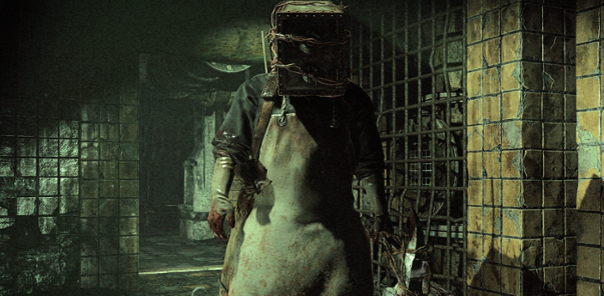
Shinji Mikami has indicated that The Evil Within will be the last horror game he ever directs, news that will no doubt devastate his fans. Although arguably not his finest work, due to pacing problems and uneven storytelling, The Evil Within still serves up scares aplenty thanks to a relentless array of nightmarish ghouls and monsters, with the grotesque character design you’d expect from a Mikami title.
Slender: The Eight Pages
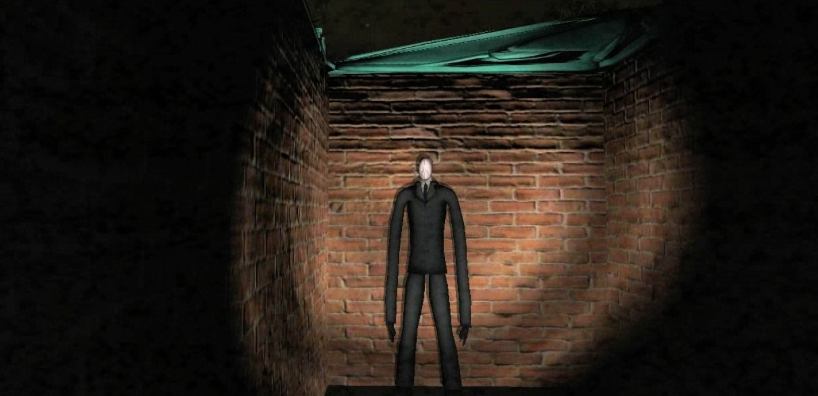
Slender Man may been been well and truly ruined by a slew of genuinely atrocious films and games, but when Slender: The Eight Pages was released in 2012 the character was still fresh and utterly terrifying. Much of the tension in The Eight Pages comes from the unforgiving game mechanics, like the fact that overusing your flashlight can cause it to run out of battery – permanently. Most players experience this fate on their first run, leaving them in the unenviable position of trying to evade Slender Man without being to see more than a few metres ahead.
Fatal Frame II: Crimson Butterfly
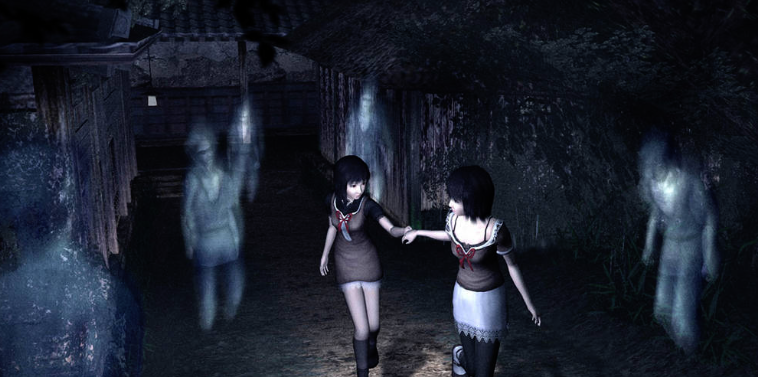
The second instalment in the Fatal Frame franchise, Crimson Butterfly uses its ingenious combat system to force gamers into unbearably tense encounters. Players’ only weapon to dispel the horrifying ghouls that haunt the abandoned Japanese village they are stranded in is a camera, but to use it effectively requires getting far too close for comfort. This mechanic forces players to override their natural instincts to try and get away from danger; worse, it doesn’t work every time, and by the time you know if it’s going to work or not it’s too late to run away.
Among the Sleep
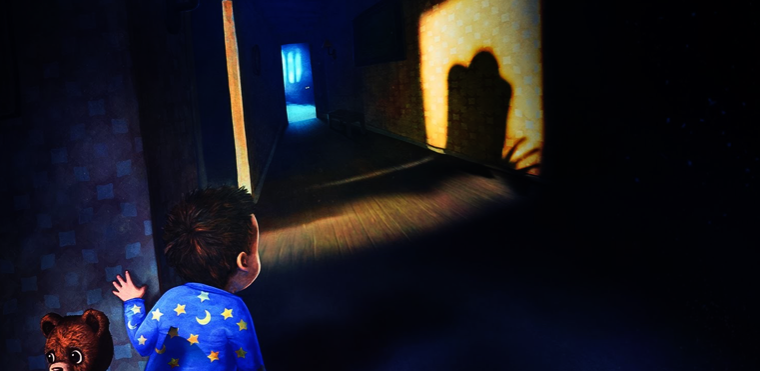
Horror games are often at their best when they make the player feel vulnerable. Among The Sleep achieves this by placing gamers in control of a baby – the epitome of vulnerability – that has crawled out of its cot and into a literal nightmare. Whilst the game isn’t as intensely scary as some of the other entries on this list, the game’s creepy atmosphere ensures players are kept on the edges of their seats.
Inside
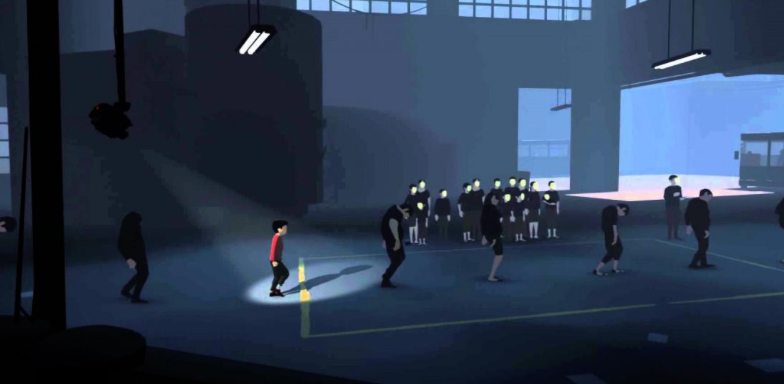
Playdead, the makers of Limbo, proved once again that they are masters of melancholy horror with Inside, a game about a boy lost in a dystopian world. Much like Limbo, Inside pulls no punches and has zero qualms about depicting the brutal death of your young character should you mess up. The game can be completed in around five hours but it’s a bleak, somber journey with little in the way of light relief.
Amnesia: A Machine For Pigs
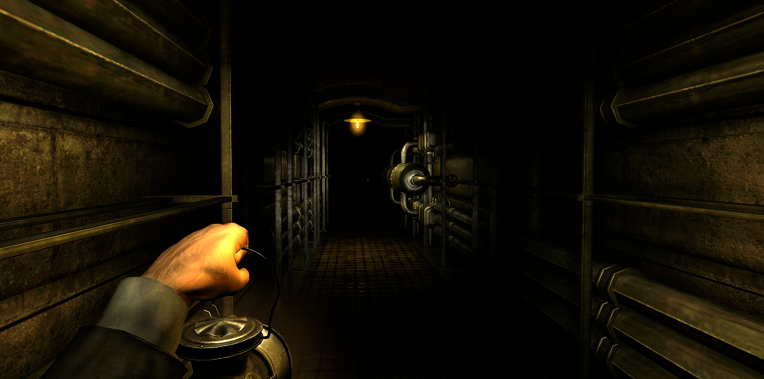
Amnesia: A Machine For Pigs took all the elements that made the first game so terrifying and turned them up to 11. Grander in scope and scale, A Machine For Pigs boasts several interweaving storylines, all of which are packed with the visceral horror that fans of the series have come to expect. The game also makes excellent use of sound design to create a palpable feeling of dread that starts with the games opening moments and only intensifies until the shocking end.
Dino Crisis
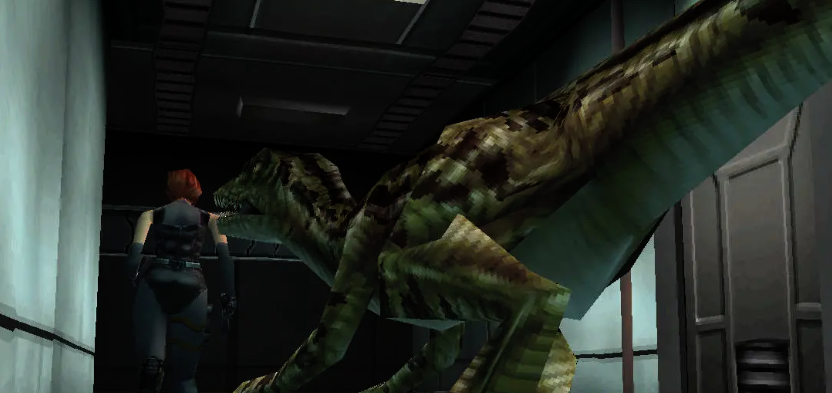
Dino Crisis is often referred to as “Resident Evil with dinosaurs,” and to be fair it’s not the worst comparison. Both games were conceived by Shinji Mikami, both are set in claustrophobic research facilities, and both are utterly terrifying. You might think that dinosaurs just aren’t as scary as zombies and mutated creatures, but once you’re being chased down a narrow corridor by a pack of velociraptors you’re likely to reassess that opinion.
Devotion
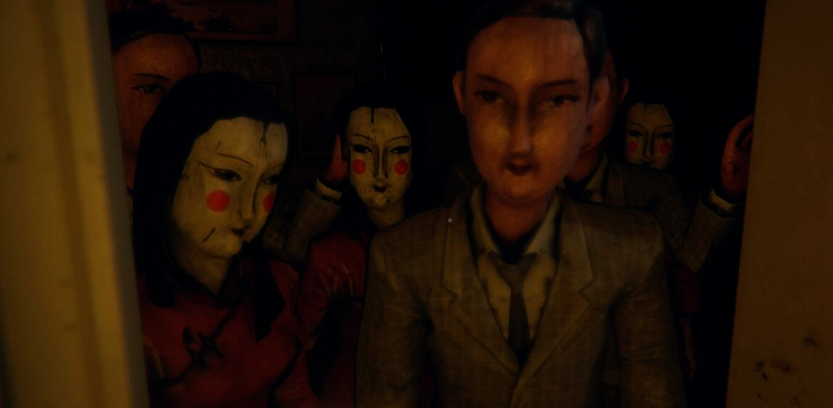
Devotion sadly ended up getting yanked from Steam after an in-game reference to the Xi Jinping/Winnie the Pooh meme stoked the fury of Chinese players. However, gamers who managed to get their hands on the title before it was pulled have been almost unanimous in their praise. The game rarely indulges in cheap tricks like jump scares, instead relying on solid storytelling to craft a tense, unrelenting atmosphere as players navigate a spooky Taiwanese apartment block.
Observer
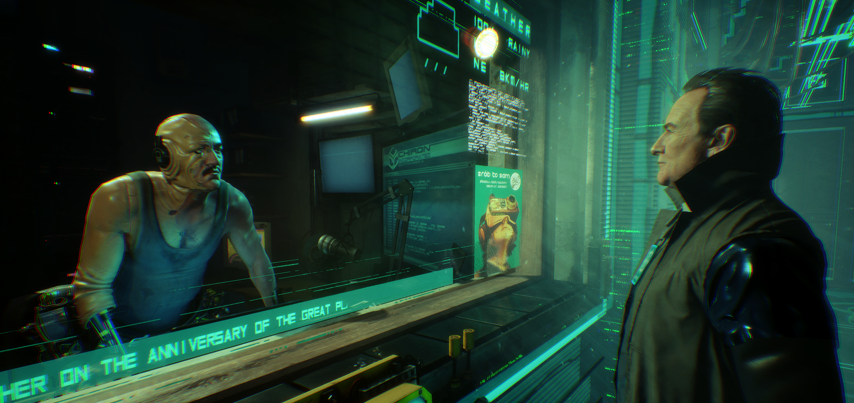
Set in a dystopian, cyberpunk future, Observer puts players in the shoes of a detective who can “jack” into criminals’ minds to expose their crimes. As you’d expect, this takes you to some seriously disturbing places. The game doesn’t just rely on its psychological horror, however, and the gameplay is genuinely terrifying at points, with your ability to open doors inch by inch to try and peak at what’s on the other side leading to some heart-pounding moments.
Silent Hill 4: The Room
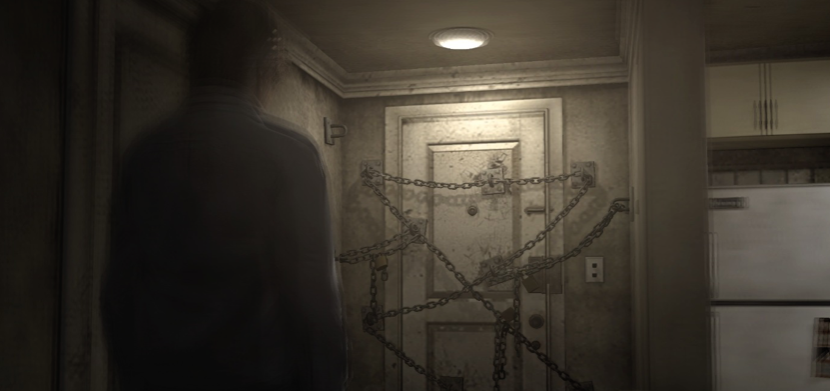
The last instalment before the franchise lost its way, Silent Hill 4: The Room drastically switched up the formula from previous games. For one thing, the game doesn’t actually take place in the eponymous haunted village, with players instead trapped in Henry Townsend’s apartment, trying to find a way out whilst continuously slipping into supernatural realms. The game is also first person, a departure from the third person viewpoint of previous Silent Hill games. The one thing that doesn’t change is the scares, with the game delivering plenty of the bone-chilling terror that defines the franchise.
The Suffering
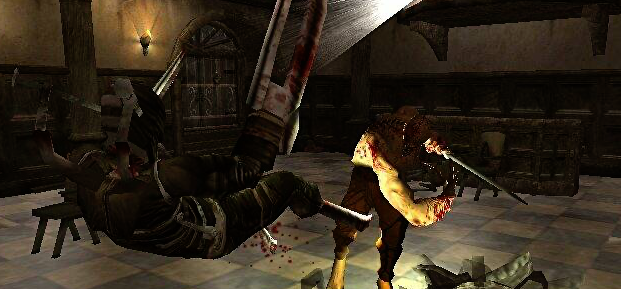
Most horror games try to make players feel as vulnerable as possible by stripping them of the means to defend themselves, but The Suffering goes the complete opposite direction. Players control Torque, an inmate in a max security prison overrun by supernatural creatures. Although there is no shortage of weaponry with which to fight the hordes of ghouls, the game is still terrifying thanks to some of the most imaginatively nightmarish character designs ever seen in a horror offering.
Little Nightmares
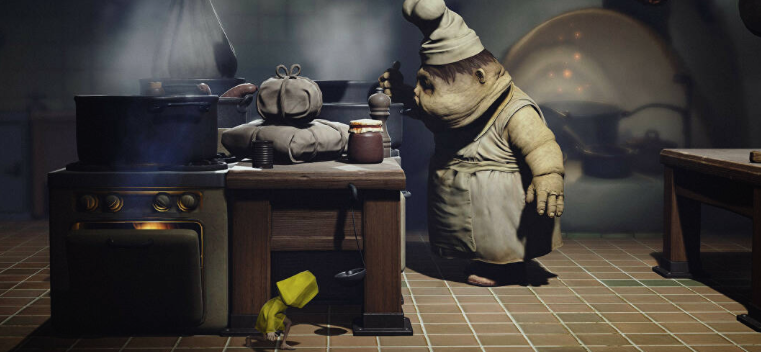
Little Nightmares truly lives up to its name, with everything from the environment to the characters to the story resembling a night terror. The game puts you in charge of Six, a little girl in a yellow rain jacket trying to escape an underground vessel populated by cannibalistic behemoths. Although Little Nightmares only lasts a few hours, its pervasive sense of dread lingers much longer.
Siren: Blood Curse
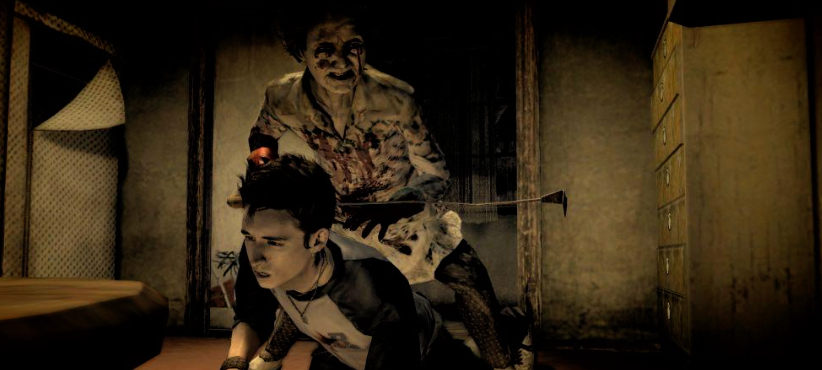
Siren: Blood Curse is most notable for its ‘Sight-Jack’ gameplay mechanic that allows players to adopt the perspective of their attackers. Whilst it doesn’t fully work in practise, and makes the game frustrating at times, points still need to be awarded for the attempt at innovation. The visuals and storyline also go a long way towards compensating for the unintuitive controls, and players who are willing to overlook the game’s flaws are rewarded with a haunting experience.
The Forest
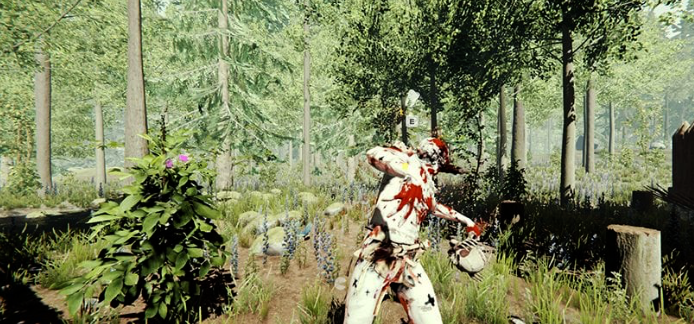
The Forest doesn’t exactly pitch itself as horror, instead positioning itself as a survival game. That’s just a ruse, however. Every environment in the game is dripping with terror, from the nightmarishly claustrophobic caverns to the forest itself, where dangers – both supernatural and human – seem to be lurking behind every tree. Some critics complained that the display settings made the game too dark, but honestly it just adds to the terror.
The Last of Us
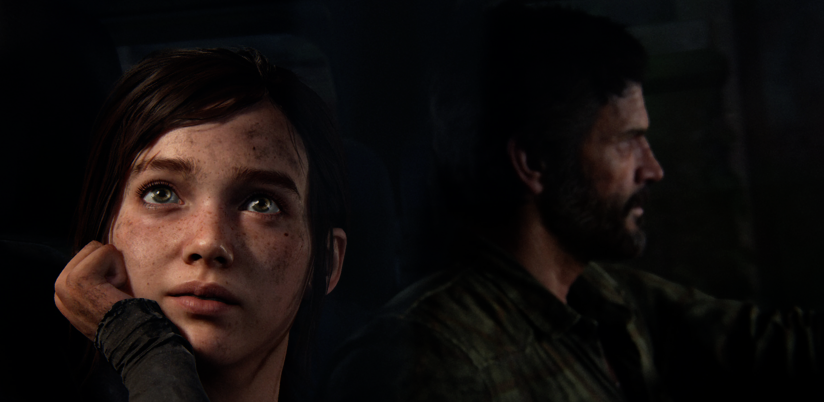
The Last of Us managed to provide a fresh take on the zombie sub-genre, a feat that seemed nigh impossible before the game’s release. By basing its infection on the real-life cordyceps fungus, The Last of Us manages to feel that bit more realistic than other zombie games, and it contains some truly creative – and completely terrifying – character designs. The gameplay is relentlessly tense, with players trying sneak through areas without attracting the attention of the hordes of infected.
System Shock 2
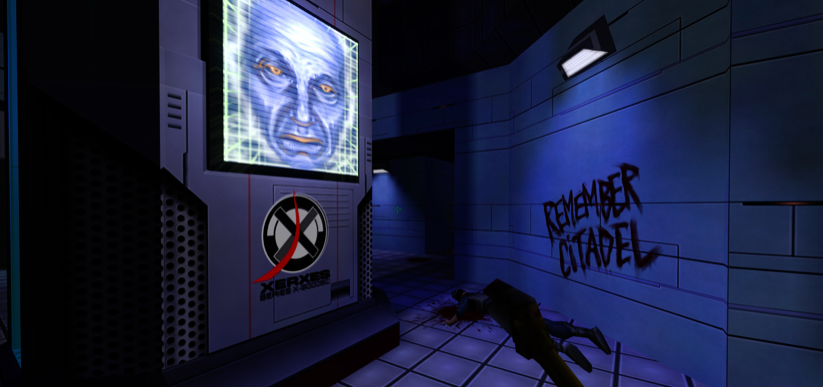
System Shock 2 directly influenced some of the most celebrated horror games of all time, including Dead Space, Prey and the Bioshock series. The game takes place aboard a spaceship stalked by creatures suffering from a genetic infection, a premise that sets up up plenty of jump-scares and sequences of blind panic. The narrative is also deeply engaging, as players try and discover exactly what befell the stricken space craft.
S.T.A.L.K.E.R: Call of Pripyat
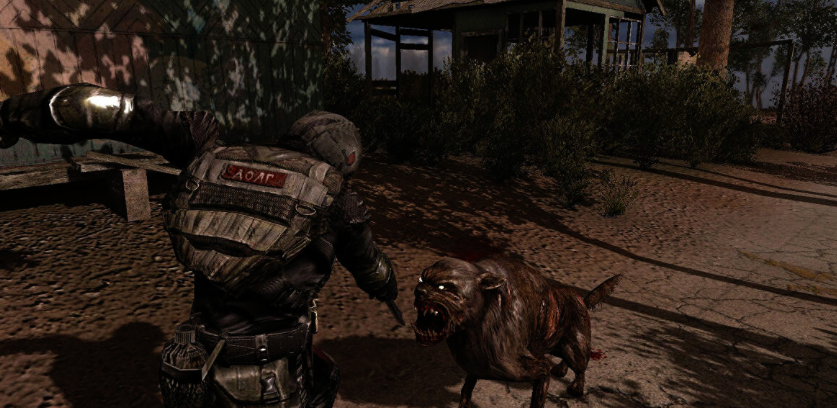
Pripyat – the Ukrainian ghost town next to Chernobyl – is undoubtedly one of the creepiest places in the world, so setting a series of horror games there seems like an obvious choice. Any instalments of the S.T.A.L.K.E.R. franchise could qualify for this list, but Call of Pripyat just edges out the others in terms of sheer terror. Players control an agent sent to investigate the town, only to find out that it has become overrun by grotesque, mutated creatures with a taste for human flesh.
The Thing
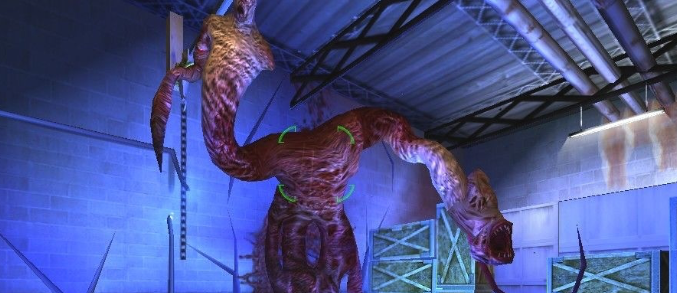
It’s rare for games based on movies to deliver the goods, but The Thing delivers them in terrifying fashion. Released shortly after the John Carpenter film of the same name, The Thing is a squad based shooter that makes excellent use of the core concept – an alien creature that can adopt the form of anyone – to craft a tense, uneasy experience. Players are never sure which of their teammates are real, leading to twitchy trigger fingers and plenty of jumps.